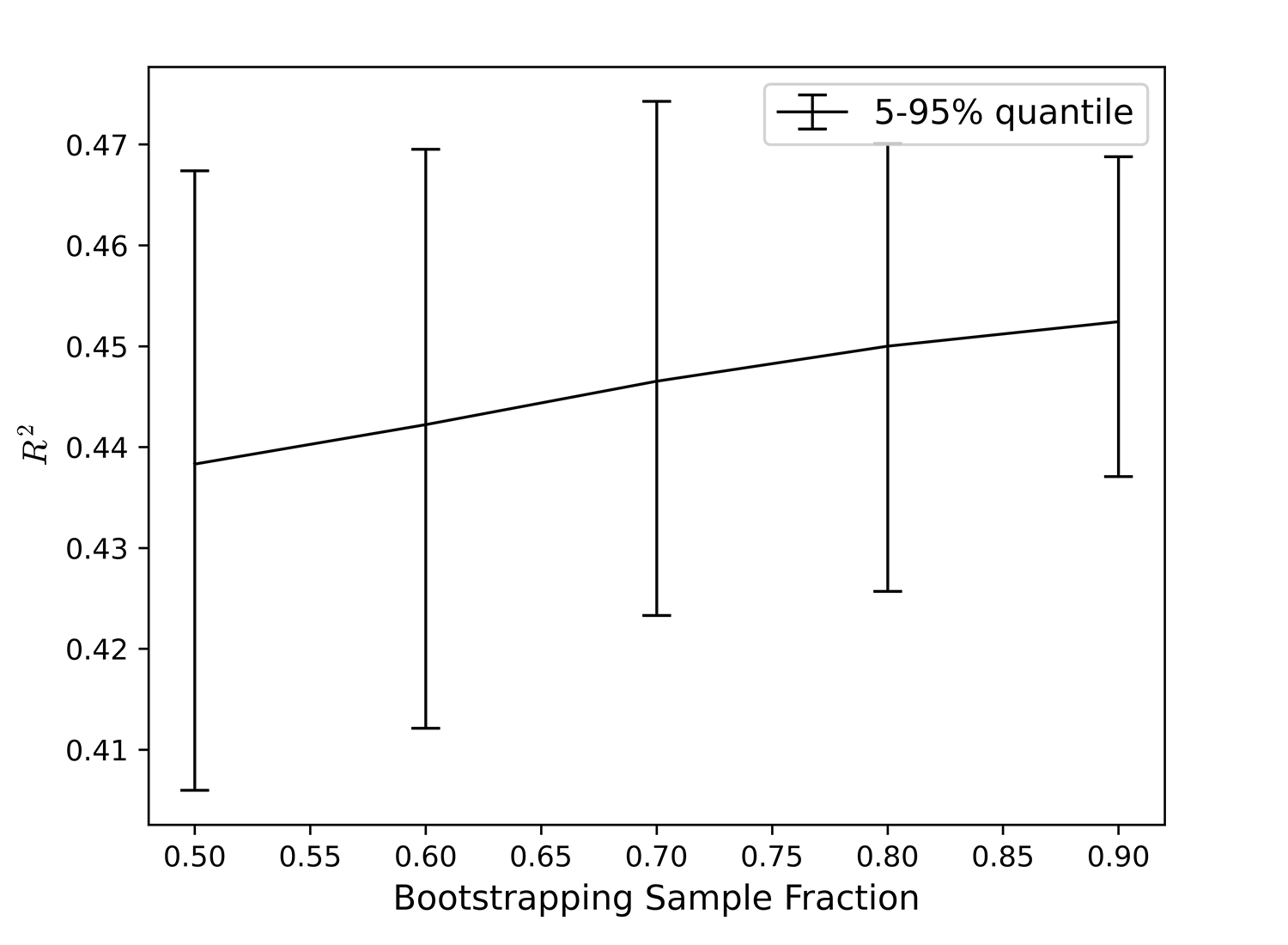Machine learning (ML): Factor analysis and anomaly detection in a chemical plant
Problem
A processing plant was experiencing an anomaly in the production of a chemical. Historically, this has been resolved through lengthy plant shutdowns and extensive one-factor-at-a-time equipment inspections. However, there were an extensive number of process parameters, with the fault often caused by a different issue in each instance. A more efficient method of finding the fault was sought.
Solution
Factor analysis is a field of data science/machine learning (ML) that can be used to describe variability in system observations in terms of a small subset of the system parameters. This narrows down the list of potential causes of faults, enabling the cause to be identified faster with shorter plant shutdown times.
Result
A decision tree was trained on measurement samples taken from the plant, with bootstrapping used to verify the reliability of the model. The 19 parameters pertaining to the process were narrowed down to the four most important, while still retaining 90% of the predictive accuracy from the model. The catalyst concentration was identified as the most important parameter. Time-series data of the catalyst concentration and product yield was collected and used to detect the anomaly by training an autoencoder. The issue was identified and resolved within a much shorter plant shutdown.
Bootstrapped intervals for catalyst concentration impurity-based score
Bootstrapped intervals for the decision tree coefficient of determination
Factor analysis results



